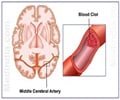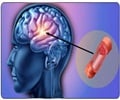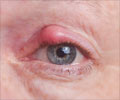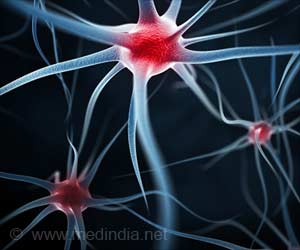Stroke that is typically understood as a brain attack is also identified to affect the eye in a rare form of acute ischemic stroke.

‘Stroke that is typically understood as a brain attack (infarction), is also identified to affect the eye in a rare form of acute ischemic stroke – central retinal artery occlusion (CRAO) by blockage of blood flow via the main artery of the eye. Lack of large clinical trials in the management of CRAOs thus requires a team of specialists to encode the complexities of diagnosing, treating, and preventing secondary complications of CRAOs.’





"Central retinal artery occlusion is a cardiovascular problem disguised as an eye problem. It is less common than a stroke affecting the brain but is a critical sign of ill health and requires immediate medical attention. Unfortunately, a CRAO is a warning sign of other vascular issues, so ongoing follow-up is critical to prevent a future stroke or heart attack", says chair of the statement writing committee Brian C. Mac Grory, M.B.B.Ch., B.A.O., M.R.C.P., an assistant professor of neurology and staff neurologist at the Duke Comprehensive Stroke Center at Duke University School of Medicine in Durham, North Carolina. Uncertainity in Central Retinal Artery Occlusion (CRAO)
The state of the science in this condition reviews that problems with carotid arteries and the blood vessels in the neck can provoke this type of stroke. Moreover, heart problems, such as atrial fibrillation (most common irregular heart rhythm) along with advancing age, cardiovascular factors such as hypertension, hyperlipidemia, Type 2 diabetes, smoking, and obesity, supplement the risk of CRAO.
The scientific statement records the uncertainty of treatment strategies in CRAOs due to the lack of large clinical trials, which drives the large-scale variability in diagnosis and management. Most bothering is that many practitioners may not realize CRAO as a form of stroke. This results in delayed testing and treatment of the patients.
"We know acute CRAO is a medical emergency requiring early recognition and triage to emergency medical treatment. There is a narrow time window for effective treatment of CRAO and a high rate of serious related illness. So, if a person is diagnosed in a doctor's office or other outpatient clinic, they should be immediately sent to a hospital emergency department for further evaluation and treatment", says Mac Grory.
Advertisement
The emergency treatment with intravenous tissue plasminogen activator (tPA), a "clot buster" that is used to treat brain strokes, may also be effective in CRAO if administered within 4.5 hours of the window period.
Advertisement
As the potential for future strokes or even heart attacks is rising, urgent screening and treatment of vascular risk factors should be performed in patients. The writing committee notes the requirement of a team of specialists including neurologists, ophthalmologists, cardiologists, and primary care clinicians, who work together for encoding the complexities of diagnosing, treating, and preventing secondary complications of CRAOs.
Source-Medindia















